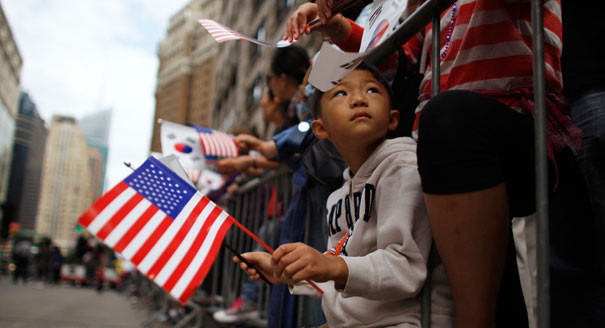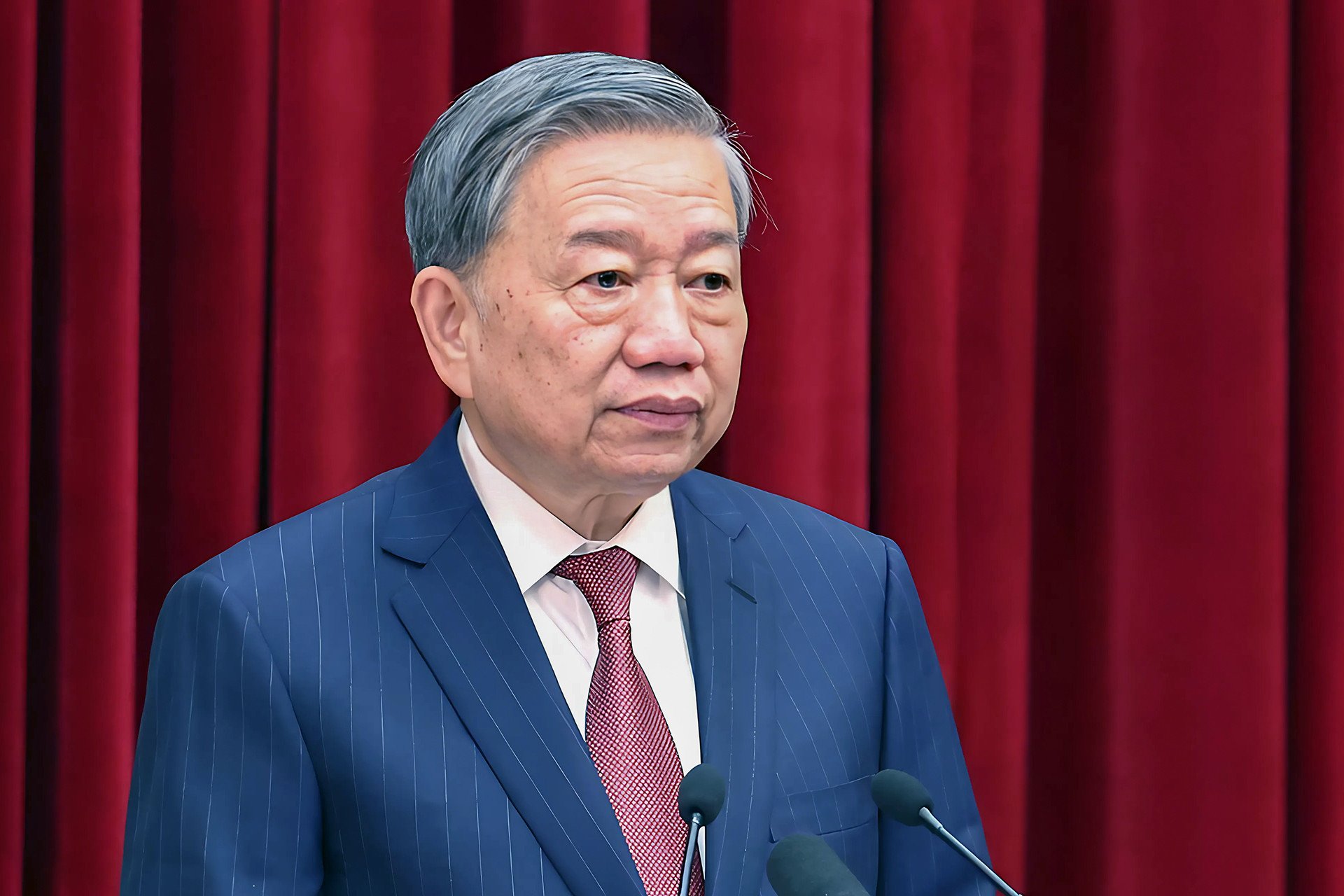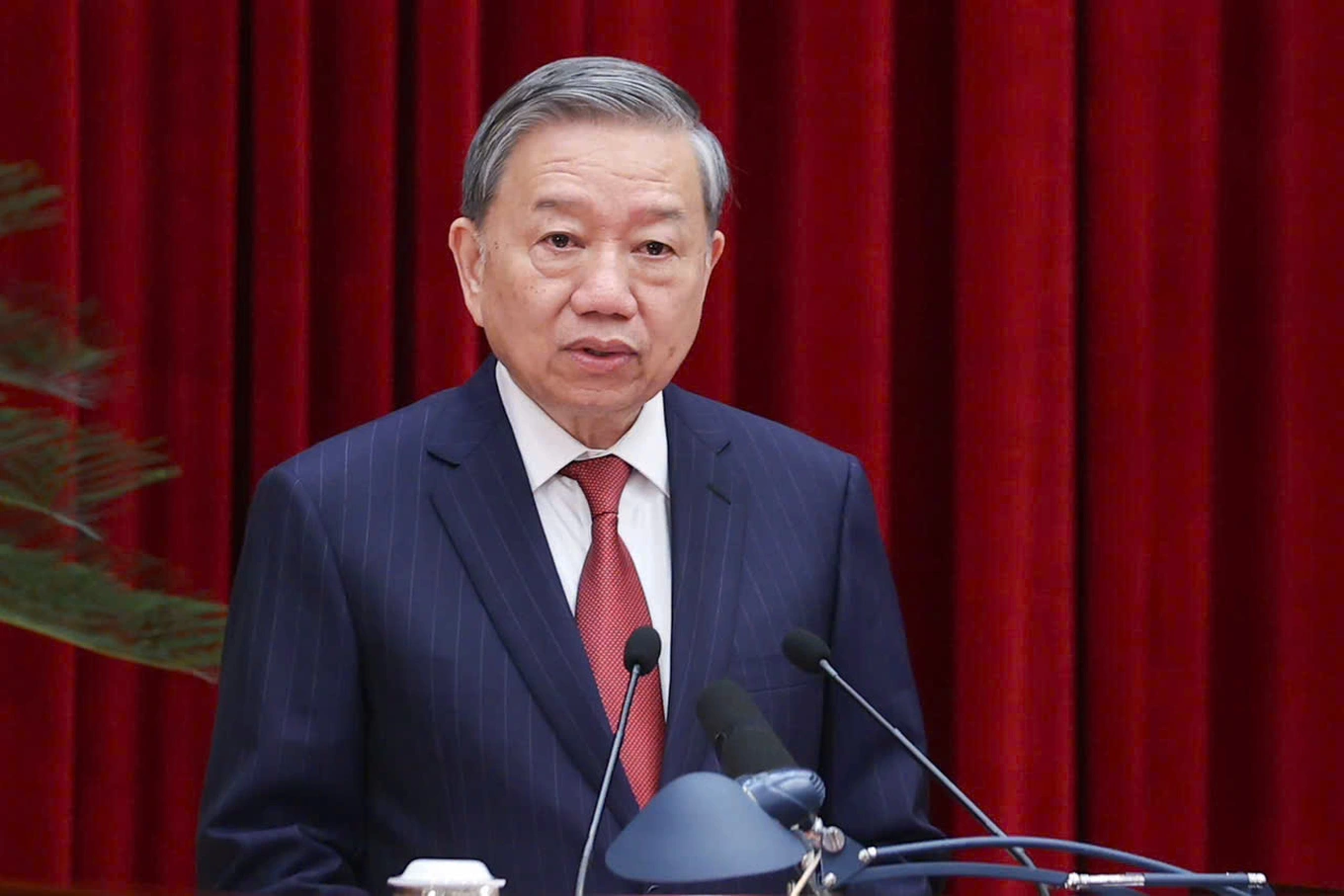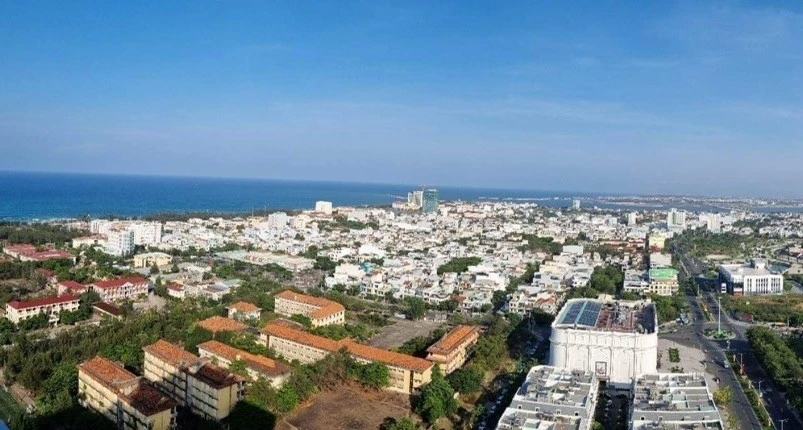About 54% of the 24 million Asian Americans living in the United States are immigrants. They come from all over Asia and make up a significant portion of the total immigrant population in the United States: three-quarters of the largest immigrant groups in the United States come from India (2.8 million), China (2.5 million), and the Philippines (2 million).
A new analysis of the Pew Research Center’s 2022-23 survey of Asian American adults finds that Asian immigrants generally rate their lives in the U.S. more positively than in their home countries. A majority (77%) say their standard of living is better than their parents’ in their home countries. Most (74%) say they would immigrate to the U.S. again if they could.

Illustration photo: Reuters
However, more than half (59%) of Asian immigrants said the US immigration system needs major changes. When asked about the goals of US immigration policy, 86% said one of the top priorities should be to attract skilled immigrants to the US.
The findings come from the Pew Research Center's nationally representative, multilingual survey of 7,006 Asian American adults, including 5,036 Asian immigrants, conducted from May 2022 to January 27, 2023.
Why do Asian immigrants come to America?
Asian immigrants took a variety of paths to get to the United States. 28% said they came to the United States to be with family, 27% to seek economic opportunity, 26% came for education, and 7% said they came to escape conflict or persecution in their country of origin.
About 40% of Filipino and Indian immigrants come to the United States for economic opportunity, a higher rate than Korean (26%), Chinese (16%), and Vietnamese (9%) immigrants.
The reasons for migration of Asian ethnic groups vary, reflecting the diverse histories of the countries they inhabit.
Asian Immigrants Adjust to Life in America
Asian immigrants face many changes as they adjust to their new lives in the United States. Among them are:
Learn English
Nearly all Asian immigrants (91%) said speaking English was important to success in the United States. Sixty-four percent said they learned English before immigrating. Over the past decade, 89% of Asian immigrants learned English before arriving, a higher percentage than those who arrived more than 20 years ago (57%).
Get financial help
58% of Asian immigrants said they received financial assistance in some way after arriving in the United States.
64% of people who migrated to escape conflict said they received financial assistance from the US government in their first 6 months in the country.
About 10% of Asians who came here for other reasons such as education, economics or family said the same.
Views on life in America
Overall, a majority of Asian immigrants consider the United States to be better than their home country in most aspects asked in the survey. 77% said the United States is better than their home country in terms of opportunity for advancement.
67% think America is better when it comes to freedom of speech. 66% think America is better for raising children.
There are also areas where the U.S. is not perceived as better than the rest of the world. For example, on family cohesion, only 15% of Asian immigrants say the U.S. is better than their country of origin. Sixty percent say their country of origin is better on this measure.
Asian Immigrants' Perspectives on US Immigration Policy
The survey asked Asian Americans about their views on U.S. immigration policy goals. Among Asian immigrants:
86% believe that attracting skilled immigrants to the United States should be an important goal of immigration policy.
82% said an important goal is to make it easier for U.S. citizens or lawful permanent residents to sponsor family members to immigrate to the United States.
76% said that establishing stricter policies to prevent people from overstaying their visas should be an important goal for U.S. policy.
Ngoc Anh (according to Pew Research)
Source: https://www.congluan.vn/nguoi-nhap-cu-chau-a-nhin-nhan-cuoc-song-o-my-nhu-the-nao-post316312.html



![[Photo] Overcoming all difficulties, speeding up construction progress of Hoa Binh Hydropower Plant Expansion Project](https://vstatic.vietnam.vn/vietnam/resource/IMAGE/2025/4/12/bff04b551e98484c84d74c8faa3526e0)

![[Photo] Closing of the 11th Conference of the 13th Central Committee of the Communist Party of Vietnam](https://vstatic.vietnam.vn/vietnam/resource/IMAGE/2025/4/12/114b57fe6e9b4814a5ddfacf6dfe5b7f)



























































































Comment (0)